20 years on, 1,000 quake-hit K-P schools yet to be rebuilt
Officials cite harsh terrain and funding shortfalls, while locals blame apathy and neglect
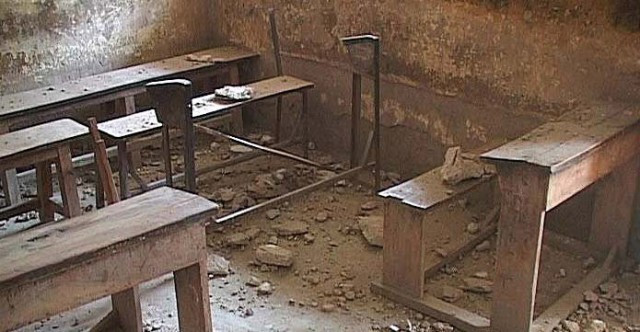
October 8 (today) marks 20 years since the devastating 2005 earthquake that struck Azad Jammu and Kashmir (AJK) and parts of Khyber-Pakhtunkhwa (K-P), killing more than 85,000 people and causing massive destruction.
Among the fatalities, there were thousands of school-going children, who had just gathered for the morning assembly, when the earthquake struck. According to official data, around 3,900 schools were either flattened or severely damaged in the quake.
Yet, two decades later, thousands of schools destroyed in the disaster were still unrestored. Despite the federal and provincial governments having released more than Rs10 billion for the reconstruction over the past 20 years, the rebuilding of nearly 1,000 schools is still incomplete.
Education Department officials have said that work has been completed on 2,900 schools so far, while funds allocation continued for the remaining 1,000. However, most of these unfinished projects lie in remote, mountainous areas, where extreme cold, rains, and snowfall have slowed progress.
The earthquake had disrupted education across large parts of Hazara division and northern K-P. In many villages, especially in conservative communities, girls who had been waiting to resume studies were married off long before schools reopened.
In the Hazara division alone, 620 schools in Balakot were either destroyed or damaged — nearly 70% of the total. Reconstruction was completed on 500, but work has yet to begin on the remaining 120.
Officials added that 2,200 schools were rebuilt under the federal government's Earthquake Reconstruction and Rehabilitation Authority (ERRA). However, a significant number of these projects were left incomplete or lacked essential facilities.
The K-P government has since been trying to finish the leftover work, while also constructing an additional 750 schools. Local residents in the affected areas, particularly in the Hazara division, say government apathy and bureaucratic delays have deprived thousands of children — especially girls — of access to education even after 20 years.
"Many of the so-called completed schools have no water, electricity, or furniture," a local resident said, adding that reconstruction quality varies widely across districts.
Former provincial education minister Atif Khan had written several letters to the federal government during his tenure, urging immediate release of funds for the reconstruction of the remaining schools and holding meetings with federal officials.
However, the requested funds were never released. A source in the Finance Department said the provincial government continues to face a shortage of funds, making it difficult to ensure the swift rehabilitation of the remaining schools.


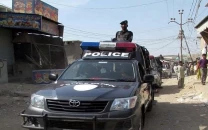
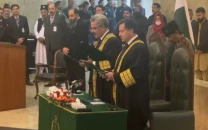
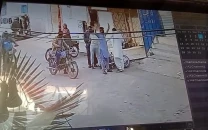
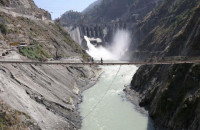



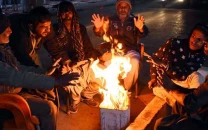



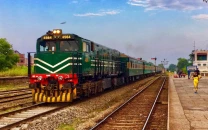





COMMENTS
Comments are moderated and generally will be posted if they are on-topic and not abusive.
For more information, please see our Comments FAQ